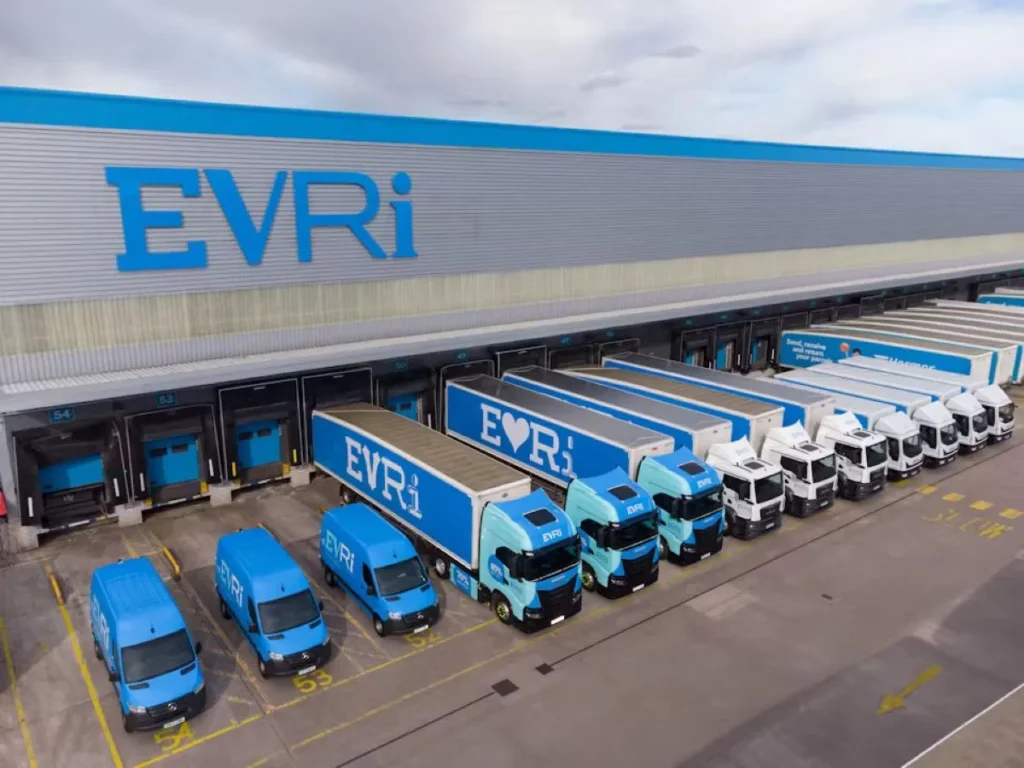A drone instead of a courier? More and more online shops are testing this solution. Will the sky above bigger cities be soon studded with drones? These are not the science-fiction questions anymore. The inhabitants of Reykjavik are already using such delivery services.
One of the biggest Icelandic e-commerce companies, AHA, combined forces in 2017 with the Israeli company Flytrex to create as effective and fast method of delivery to the customers in Reykjavik, Iceland’s capital city, as it is possible.
After a few months of cooperation, Flytrex developed for AHA a system of drones, which is currently undergoing extensive testing. The devices deliver groceries to the customers in two parts of the city divided by the river. The online retailer assures that this technology significantly saves time of delivery.
At present, the Icelandic authorities have allowed the company to use 13 routes which enable it to supply products to a half of the city’s inhabitants.
The drones can transport packages up to 3 kg and reach speeds of 50 km/h. So far, they have been delivering food and beverages, including those which need a controlled temperature (they are equipped with refrigerators).
Google’s delivery drones
Delivery drones are not a novelty. Alphabet, a mother company for all Google’s initiatives, as part of the “Wing” project, for 4 years, has been developing and testing delivery drones. And not only them. Last year, Wing participated in the national tests conducted by NASA and FAA (Federal Aviation Administration). The solution tested may turn out to be as profitable for Alphabet as the production of drones. It is a software which enables management of many types of drones from different producers. The platform developed within the project may automatically manage routes of different drones, planning new safe tracks for each drone in case of risk of collision. Previously, operators had to manually control the devices and avoid obstacles.
In several years, Wing and other companies will probably have had flees of thousands of drones in the air. So, we need systems which will allow us to dynamically control the drones so that they do not hit one another and avoid other obstacles such as airplanes, buildings and unfavourable weather conditions,” said James Ryan Burgess, co-heading Wing’s operations, after the tests.
Photo: Twitter.com/SUASGlobal









